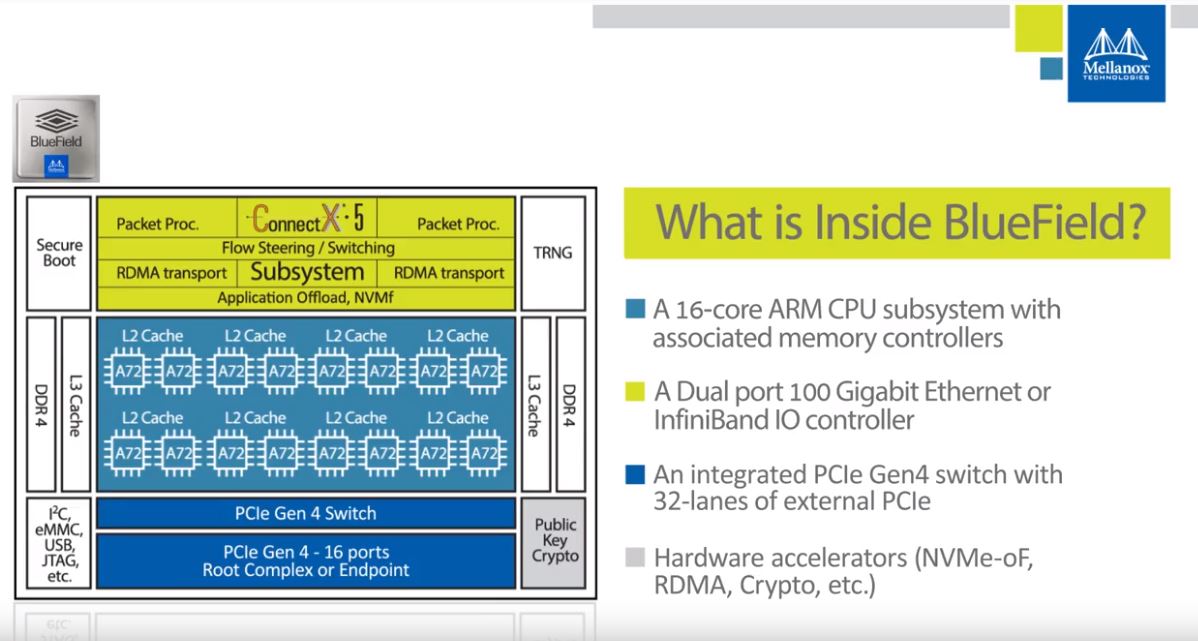There are numerous reports from normally reliable sources. It won't be long before someone working on an actual sample leaks detailed info. And it's utterly logical AMD went that route.
This is utter speculation on your part. You are building a house of cards on speculations like this and arguing that the final outcome has some factual value. It really doesn't.
I have seen speculation, that the 7nm Zen 2 CCX will have 8 cores, but I have also seen 6 and 4 cores speculated.
I find the 8 core version least likely. Even 4C CCX x2 (8cores) is already kind of overkill for desktop, so jumping to 8C CCX and thus 16 core desktop, just pushes things where they don't need to go, at the cost of a much larger die across the board.
I could see AMD going one more generation with 4C CCX. there is a certain elegance in the 4 unit CCX, and the way each die has the same access speed to any of the cache slices, via a direct access connection. But it gets messier with 6 cores, and messier still with 8 cores.
If they have IPC improvement and clock speed improvements, the could have one more generation of 4 core CCX, and have a very good competitive position, and a very tiny, high yield die to make a lot of profit on.
Or they could go for 6 core CCX, and bump core counts everywhere by 50%, given them a core count advantage that Intel is unlikely to address for a while, and still have a relatively, moderately small die, to make moderate profits on.
8C CCX/16 core desktop is probably more expensive to produce than the current die, while you still need parts at desktop prices, so it isn't really the most profitable outcome, and ultimately profit is what they are after.



